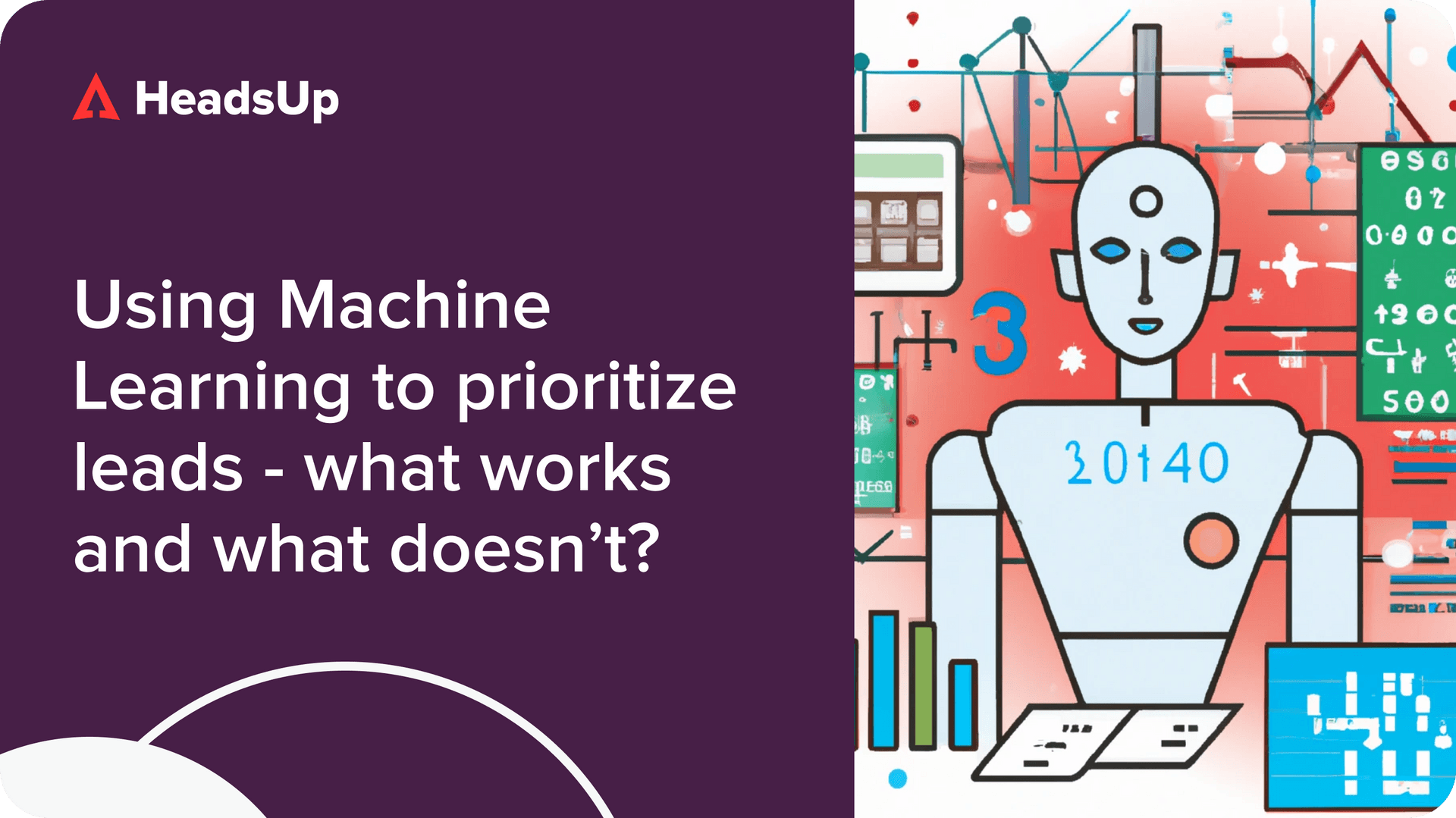Having a free trial does not guarantee that users will see value immediately, or in fact, at all. Instead, it takes careful design to guide users’ journeys towards your aha! moments.
Who should be responsible for ensuring that trial users get to those moments, and as quickly as possible?
That’s precisely the role of Growth PM teams, suggests Peter Soung, Co-founder and Director of Growth at social media management platform Sprout Social.
In a recent interview on our podcast, Peter shared some best practices his team has developed in driving value realization for Sprout Social’s 30,000 customers. We highlight some key recommendations in this article.
As a growth team, we really care about how we can ensure customers realize value as quickly as possible during our 30-day free trial, and from then on, how we can grow paying customers’ breadth of usage of our platform—and as a proxy to that their monthly spend. And that’s how we use Product-Led Growth to accelerate our business through all the phases of the customer journey
Peter Soung, Co-founder and Director of Growth, Sprout Social
Focus obsessively on accelerating time to value
When Peter Soung stepped into his new role leading growth in 2020, he found that the team had ownership over a wide range of features. Some of these were technically related to activation—like access management—but had little real impact on driving customer value.
A decision was made to aggressively prioritize higher impact areas.
All initiatives were now measured against the north star of driving value realization. What improvements in the product experience would most reduce the time users took to see value after signing up? What new features or flows would generate the greatest number of opportunities for new users to recognize the product’s value? Only these projects made the cut.
What we really center on at Sprout is, what does the customer want and what’s the best experience for them. We know our customers want to learn about the product, and want to purchase it in many different ways. We want to create opportunities that are best for the customer, while also optimizing for business impact.
Peter Soung, Co-founder and Director of Growth, Sprout Social
Get rid of the “dead ends” in your product experience
One of the first things Peter Soung’s team did towards their new focus was to fix a key gap in Sprout’s free trial experience.
When analyzing trial users’ usage patterns, Peter’s team found that customers often landed in situations where they had a wide array of sophisticated features in front of them, but were unable to really use any — because they didn’t already have on the platform a sufficiently large bank of social media assets that the features were designed to manage.
“We had a really powerful and wide ranging platform, but we would send customers to experiences that were essentially dead-end states because there was no content or very little content. And there weren’t really experiences that would actually enable the user to be successful,” Peter explained.
Peter set out to build a robust set of “first use experiences” that would help customers using any part of Sprout’s product for the first time to quickly understand its value and what steps they needed to take to unlock the benefits offered.
We went meticulously across the product and built those first use experiences out. And we measured experiments around them and iterated on them over time. That was really a helpful first step in creating an activation framework, and foundation in that we could build more advanced experiences on top of those.
Peter Soung, Co-founder, Dir. of Growth, Engineering and Product, Sprout Social
One tip Peter gave for teams at other product-led growth companies working on similar initiatives is to think about how you would build for the exact opposite of your ideal “power user.”
At Sprout, the team got internal employees to test out the product by connecting their own social media profiles to help identify moments where users who were not social media influencers or prominent businesses would have no way to take advantage of the product’s complex features.
By systematically ensuring that trial users had a diverse repertoire of opportunities to land at an “aha moment” in the product, regardless of however much content they had uploaded, Sprout’s growth team helped the company ensure that more trial users would realize value in a shorter time, increasing the likelihood of conversion.
Personalize customer journeys for user segments
The next thing Peter’s team did was to create more tailored user experiences for Sprout’s large variety of customer personas and use cases.
“We have customers from SMB all the way up to Enterprise, and have different types of users like media agencies, and also have a really wide platform, from social publishing all the way to advanced features like social listening,” Peter notes. “And so we really wanted to zoom into creating really narrow, targeted experiences that will allow customers to find the specific part of the product that is really valuable to them in the very first session of use.”
To do this, Peter’s team collaborated with web design and marketing to build frameworks out of jobs-to-be-done and personas to define the right package of trial features and flows to offer different customer segments. “Through our registration and signup process, we ask customers to tell us more about why they’re coming to Sprout and what their job is. And we use that information to create these tailored experiences,” Peter explains.
In this way, customers that had highly sophisticated use cases would get the full breadth of features from Sprout’s highest tier plan in their trial, whereas customers with more basic use cases got a trial experience unencumbered by complex functionalities they would be unable to use.
Beyond optimizing the trial experience to drive conversion, Peter’s team is now also working on an initiative to drive adoption among existing paying customers of premium features like analytics and advanced social listening.
We know that our customers want to learn about the product, and they want to purchase in many different ways, and they have different learning styles – some want to talk to humans, and others do not. So in line with our product-led growth model, we want to provide our sales teams with the best opportunities of talking to customers that have the highest probability of converting or increasing their spend.
Peter Soung, Co-founder and Director of Growth, Sprout Social
Core to this workstream is leveraging product usage data to identify Product Qualified Leads. By building intelligent internal systems to surface PQLs to sales reps or to trigger automated self-serve flows, Peter’s team helps users get timely, relevant guidance and grows customer value and monthly spend. Such initiatives extend the team’s core focus on accelerating time-to-value.


